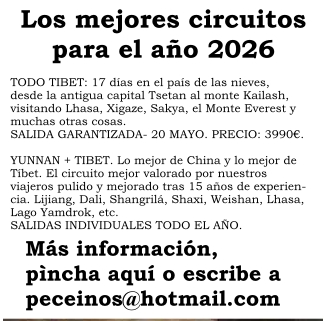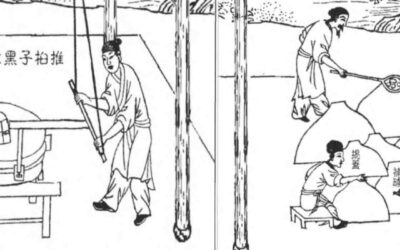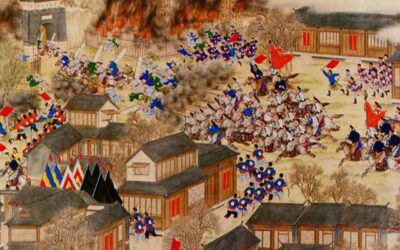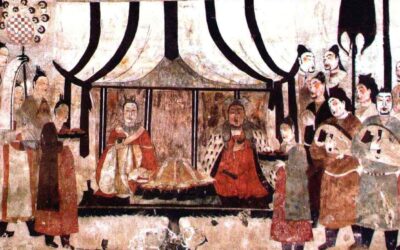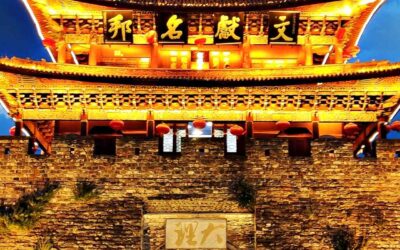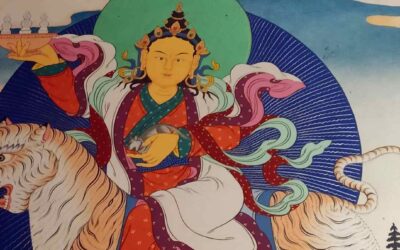Peter Harvey. Buddhism: Teachings, History and Practices. Cambridge University Press. 2013.
(Excerpts from the book. Page 11 and ff.)
In its origin, Buddhism was a Samana-movement. Samanas were wandering ‘renunciant’ thinkers who were somewhat akin to the early Greek philosophers and mystics. The Samanas rejected the Vedic tradition and wandered free of family ties, living by alms, in order to think, debate and investigate. The main Samana groups of Buddha’s time were:
JAINS
Jainism was founded, or at least led in the Buddha’s day, by Vardhamāna the Mahāvīra, or ‘Great Hero’. It teaches that all things, even stones, are alive, each containing a Jīva, or ‘Life-principle’. These are seen as individually distinct, rather like the Western idea of a ‘soul’ but unlike the universal Ātman of the Upanisads, and to be naturally bright, omniscient and blissful. The aim of Jainism is to liberate one’s Jīva from the round of rebirths by freeing it from being weighed down by an encrustation of karma, seen as a kind of subtle matter. The methods of doing so are primarily austerities such as fasting, going unwashed and pulling out the hair, so as to wear out the results of previous karma, and self-restraint, total non-violence to any form of life, and vegetarianism, so as to avoid the generation of new karma. The free-will of the Jīva is emphasized, though even actions such as unintentionally killing an insect are held to generate karma.
AJIVIKAS
Their founder was Makkhali Gosāla (Skt Maskarin Gośāla). Gosāla’s key doctrine was that niyati, or impersonal ‘destiny’, governed all, such that humans had no ability to affect their future lives by their karma: actions were not freely done, but were determined by niyati. Gosāla thus believed in rebirth, but not in the principle of karma as that which regulates the level of a person’s rebirth. The ‘Life-principles’ of living beings are driven by niyati alone through a fixed progression of types of rebirths, from a low form of animal to an advanced human who becomes an Ājīvika ascetic. The Ājīvikas practised rigorous asceticism such as fasting, nakedness and perhaps also disfiguring initiations, and aimed to die by self-starvation (as Vardhamāna in fact did), as a fitting way to end their last rebirth.
MATERIALISTS
The Materialists’ aim was to lead an abstemious, balanced life which enjoyed simple pleasures and the satisfaction of human relationships. They denied any kind of self other than one which could be directly perceived, and held that this was annihilated at death. They therefore denied the idea of rebirth, and also those of karma and niyati. Each act was seen as a spontaneous event without karmic effects, and spiritual progression was not seen as possible.
SKEPTICS
The Skeptics responded to the welter of conflicting theories on religious and philosophical issues, and the consequent arguments, by avoiding commitment to any point of view, so as to preserve peace of mind. They held that knowledge on such matters was impossible, and would not even commit themselves to saying that other people’s views were wrong. The Buddha saw this evasive stance as ‘eelwriggling’, though he shared the wish to step aside from the ‘jungle’ of conflicting views, and avoid dogmatic assertions built on flimsy grounds.
More posts on Chinese culture
La economía del arado humano en la China del siglo XVII
La economía del arado humano Según La explotación de las obras de la naturaleza, un libro chino del siglo XVII: En los hogares agrícolas donde no hay bueyes disponibles, los campesinos fijan un palo al arado y dos hombres lo tiran colocándolo sobre sus hombros,...
La rebelión musulmana en Yunnan en el siglo XIX
La rebelión musulmana en Yunnan en el siglo XIX. Esta es la primera traducción al inglés del libro de Émile Rocher sobre la Rebelión Panthay. Publicado originalmente en 1879 como La Province chinoise du Yunnan, es un valioso testimonio de primera mano sobre Yunnan a...
Escenas callejeras de Kunming, Yunnan
Vendedor de ostras en mercado nocturno. Kunming. China. En los últimos años China se ha convertido en uno de los principales consumidores de pescado. Eso ha hecho que incluso en las zonas del interior sea bastante común encontrar pescados y mariscos de mar,...
Más reflexiones sobre el veneno gu
La enfermedad gu era el resultado de una contaminación por veneno gu, que un analista reciente ha caracterizado como "un espíritu maligno extraño que entraba en [el] cuerpo y se desarrollaba en gusanos o algún animal similar que roía los intestinos o los genitales"....
Anochecer en Dali
Sin palabrasLa Calle Fuxing desde la Puerta del Sur. Dali. Yunnan. Tiendas en la esquina de la calle Fuxing. Dali, Yunnan.Visión del Mercado Noctorno al exterior de la Puerta Sur. Dali. Yunnan. Últimos artículos
Los cinco templos secretos de los lamas en Lijiang
Los cinco templos secretos de los lamas en Lijiang Religiones de Lijiang Aunque la ciudad de Lijiang es conocida fundamentalmente por la religión Dongba que practicaban los chamanes tradicionales de los Naxi, también llamados Dongba, que con sus rituales administraban...
More posts on China ethnic groups
La economía del arado humano en la China del siglo XVII
La economía del arado humano Según La explotación de las obras de la naturaleza, un libro chino del siglo XVII: En los hogares agrícolas donde no hay bueyes disponibles, los campesinos fijan un palo al arado y dos hombres lo tiran colocándolo sobre sus hombros,...
La rebelión musulmana en Yunnan en el siglo XIX
La rebelión musulmana en Yunnan en el siglo XIX. Esta es la primera traducción al inglés del libro de Émile Rocher sobre la Rebelión Panthay. Publicado originalmente en 1879 como La Province chinoise du Yunnan, es un valioso testimonio de primera mano sobre Yunnan a...
Escenas callejeras de Kunming, Yunnan
Vendedor de ostras en mercado nocturno. Kunming. China. En los últimos años China se ha convertido en uno de los principales consumidores de pescado. Eso ha hecho que incluso en las zonas del interior sea bastante común encontrar pescados y mariscos de mar,...
Más reflexiones sobre el veneno gu
La enfermedad gu era el resultado de una contaminación por veneno gu, que un analista reciente ha caracterizado como "un espíritu maligno extraño que entraba en [el] cuerpo y se desarrollaba en gusanos o algún animal similar que roía los intestinos o los genitales"....
Anochecer en Dali
Sin palabrasLa Calle Fuxing desde la Puerta del Sur. Dali. Yunnan. Tiendas en la esquina de la calle Fuxing. Dali, Yunnan.Visión del Mercado Noctorno al exterior de la Puerta Sur. Dali. Yunnan. Últimos artículos
Los cinco templos secretos de los lamas en Lijiang
Los cinco templos secretos de los lamas en Lijiang Religiones de Lijiang Aunque la ciudad de Lijiang es conocida fundamentalmente por la religión Dongba que practicaban los chamanes tradicionales de los Naxi, también llamados Dongba, que con sus rituales administraban...

